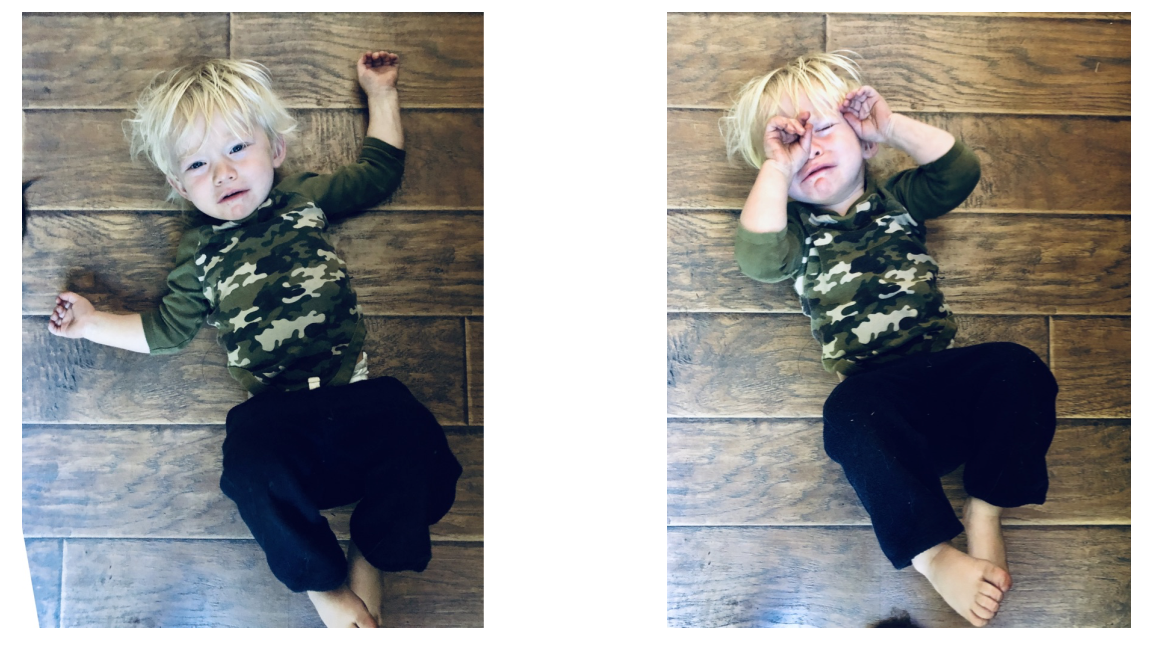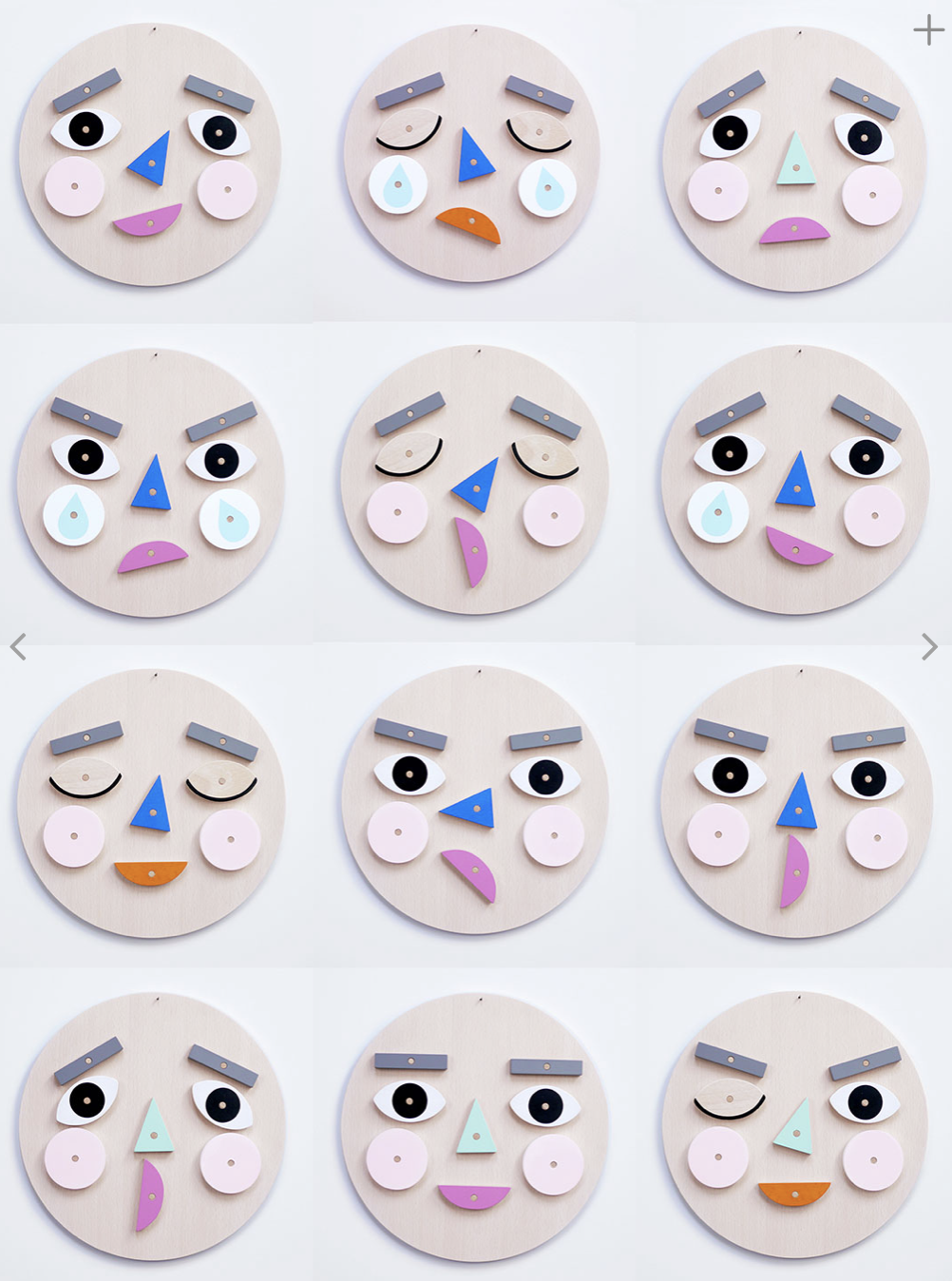Teaching Your Kids About Emotions
How to Teach Kids About Their Feelings
Tell kids to use their words instead of behaviors to show how they feel
Feelings are complicated, especially for a 4-year-old who doesn't understand why you won't let him eat another cookie an 8-year-old is upset that you got called into work and you have to leave the playground early.
It's hard to teach kids about feelings because it's a fairly abstract concept. It's hard to describe how it feels to be sad, scared, or excited.
It's important to begin teaching kids about their emotions as early as possible since their feelings affect every choice they make. Kids who understand their emotions are less likely to act out by using temper tantrums, aggression, and defiance to express themselves.
A child who can say, “I’m mad at you,” is less likely to hit. And a child who can say, "That hurts my feelings," is better equipped to resolve conflict peacefully.
Teaching your child about his emotions will help him become mentally strong. Kids who understand their emotions and have the coping skills to deal with them will be confident that they can handle whatever life throws their way.
Teach Your Child Simple Feeling Words
Teach your preschooler basic feeling words such as happy, mad, sad and scared. Older kids can benefit from learning more complex feeling words such as frustrated, disappointed, and nervous.
A great way to help kids learn about feelings is to discuss how various characters in books or TV shows may feel. Pause to ask, “How do you think he feels right now?” Then, discuss the various feelings the character may be experiencing and the reasons why.
Talking about other people's feelings also teaches empathy. Young children think the world revolves around them so it can be an eye-opening experience for them to learn that other people have feelings too. If your child knows that pushing his friend to the ground may make his friend mad and sad, he will be less likely to do it.
Create Opportunities to Talk About Feelings
Show kids how to use feeling words in their daily vocabulary. Model how to express feelings by taking opportunities to share your feelings. Say, “I feel sad that you don’t want to share your toys with your sister today. I bet she feels sad too.”
Each day, ask your child, “How are you feeling today?” With young children, use a simple chart with smiley faces if that helps them to pick a feeling and then discuss that feeling together. Talk about the types of things influence your child’s feelings.
Point out when you notice your child is likely feeling a particular feeling. For example, say, “You look really happy that we are going to be eating ice cream,” or “It looks like you are getting frustrated playing with those blocks.”
Teach Your Child How to Deal With Feelings
Kids need to learn that just because they feel angry doesn’t mean they can hit someone. Instead, they need to learn anger management skills so they can resolve conflict peacefully. Proactively teach your child how to deal with uncomfortable emotions.
Encourage your child to take a self-timeout. Encourage him to go to his room or another quiet place when he gets upset. This can help him calm down before he breaks a rule and gets sent to timeout.
Teach your child healthy ways to deal with sad feelings as well. If your child feels sad that his friend won’t play with him, talk about ways he can deal with his sad feelings. Often, kids don’t know what to do when they feel sad so they become aggressive or exhibit attention-seeking behaviors.
Reinforce Positive Ways to Express Feelings
Reinforce good behavior with a positive consequence. Praise your child for expressing his emotions in a socially appropriate way by saying things such as, "I really like the way you used your words when you told your sister you were mad at her.”
Another great way to reinforce healthy habits is to use a reward system. For example, a token economy system could help a child practice using his healthy coping strategies when he feels angry instead of becoming aggressive.
Model Healthy Choices
If you tell your child to use his words when he’s angry but he witnesses you throw your phone after a dropped call, your words won't be effective. Model healthy ways to deal with uncomfortable emotions.
Point out times when you feel angry or frustrated and say it out loud. Say, “Wow, I’m angry that car just pulled in front of me.” Then take some deep breaths or model another healthy coping skill so your child can learn to recognize skills you use when you feel angry.
Look for Teachable Moments
You're going to need to work with your child on emotions throughout his entire childhood, including the teen years. It's important to continue to have ongoing conversations about how to handle emotions in a healthy way.
When your child makes a mistake, by breaking something out of anger or by giving up when he's frustrating, consider it an opportunity to teach him how to do better next time. Look for teachable moments (and keep in mind there will be plenty of them) to help him find healthy ways to cope with his feelings.
Printables About Emotions for Kids. by POWERFUL MOTHERING
Help your child learn that even the big emotions are helpful, with this creative emotions wheel. They’ll be able to choose which emotion they’re feeling, and discuss it with leading questions, with this free printable.
The teaching emotions toolkit has printables, videos, and other activity ideas to help children learn about their emotions.
Your child can learn to name big emotions with these printable emotions cards. You can also play memory game with these beautiful cards!
This free printable is great for kids to use daily – stick up your current emotion on this lego man printable, and complete the “Today I feel…” image.
Teach your child about their different emotions with a stunning personalized emotions game which uses pictures of themselves showing different emotions.
This free emotions emergent reader is great for those children learning to read and identify letters and words. A great book along with picture cards to help your child learn to read about emotions.
Enjoy working through this free printable Monstrous Emotions pack and learn about different facial expressions, while having some coloring fun.
Learn about emotions with this fantastic Emotional Robot 10 page printable pack, and watch your child learn about emotions with this coloring and paper craft adventure!
These feelings action cards are an awesome way to get your child moving while expressing emotions. Check out the clever cubes you can make and use them as a game to discuss different emotions!
These 12 emotions flash cards are beautifully designed and are a creative way to teach your child about their emotions. Print them for free!
Teach your child to create their emotions using a create-a-face activity. It’s a beautiful hands-on activity where your child can build their own faces and discuss the emotion attached to it!
How are you feeling?
Make A Face is a wooden toy with hundreds of expressions! A wonderful way to learn about & discuss emotions together.
Turn & flip the wooden face pieces to express your emotion!




